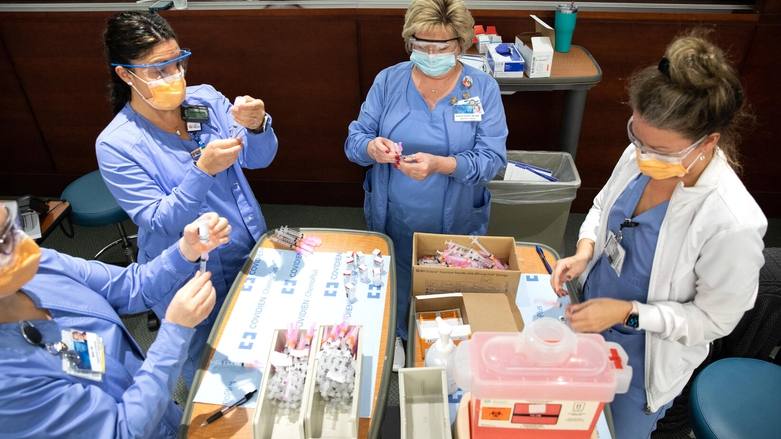Covering COVID-19 in 2021


Covering COVID-19 in 2021
December 29, 2021
As 2021 comes to a close, the Mayo Clinic Q&A podcast looks back at the impact of COVID-19 over the past year.
"I think the thing that I look back on is the amazing speed with which science moved," says Dr. Gregory Poland, head of Mayo Clinic's Vaccine Research Group. "When this all began in 2020, COVID-19 was absolutely blank slate. Now we have three vaccines in the U.S., and antiviral and monoclonal antibody treatments. That's really incredible."
Despite the rapid scientific advancements, the U.S. still reached a grim milestone of 800,000 deaths from COVID-19 and more people died of the disease in 2021 than in 2020.
COVID-19 has affected all aspects of life including the way people live, work, and go to school.
"It has been a profound wake-up call. I think we've developed an awareness of how fragile life and human health is. I think good things will come out of this," reflects Dr. Poland.
On the Mayo Clinic Q&A podcast, Dr. Poland joins host Dr. Halena Gazelka, a Mayo Clinic anesthesiologist, for a COVID-19 pandemic year in review.




